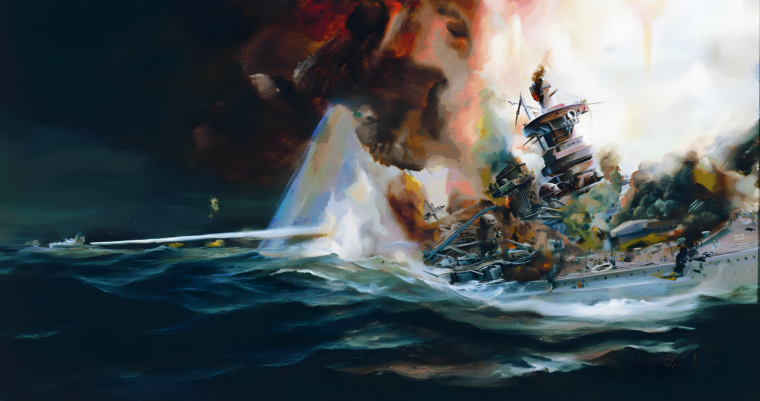
WWII
The Sinking of Scharnhorst
By Robert Barr SmithShe was a beautiful ship, long and sleek and very fast. She was christened Scharnhorst,named for Prussian General Gerhard Scharnhorst,one of the revered founders of the Prussian Army. Read more
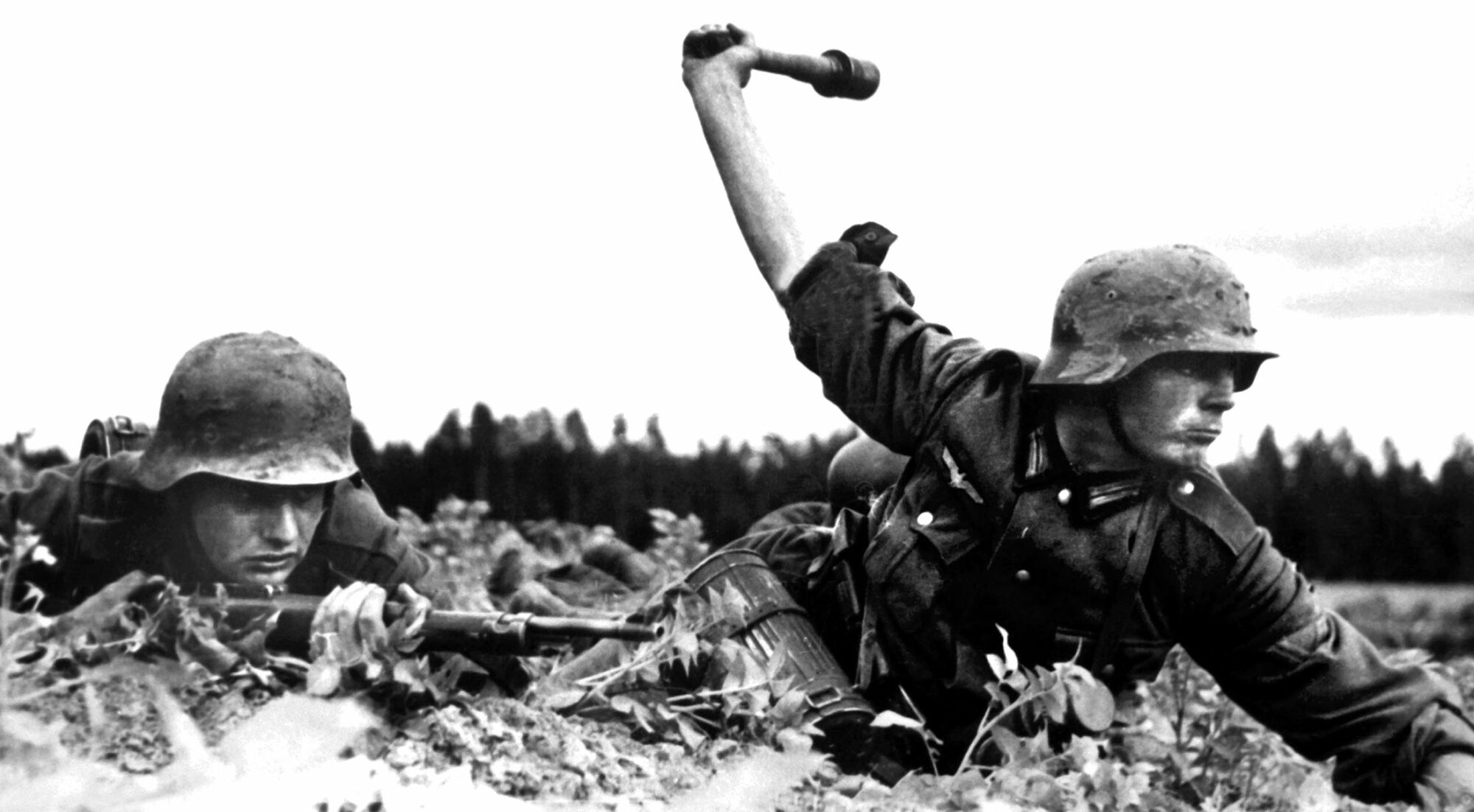

WWII
She was a beautiful ship, long and sleek and very fast. She was christened Scharnhorst,named for Prussian General Gerhard Scharnhorst,one of the revered founders of the Prussian Army. Read more
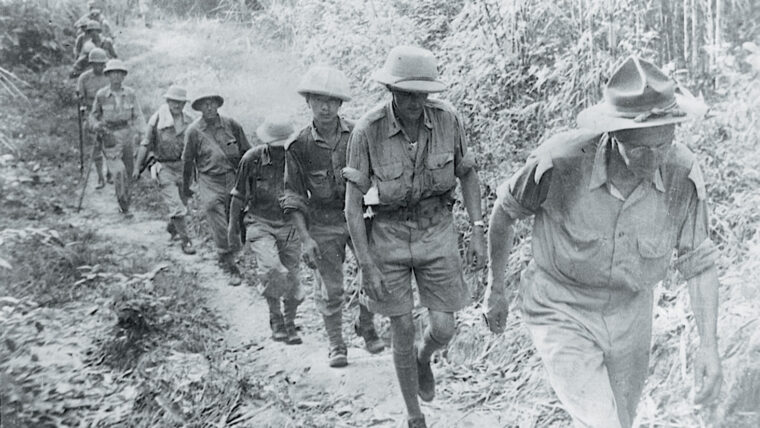
WWII
General Joseph Stilwell was one of the United States’ best military commanders, yet in the course of America’s involvement in World War II he never led U.S. Read more
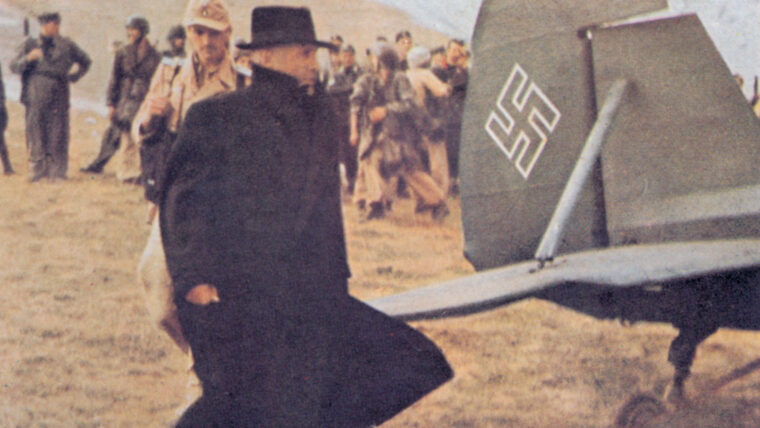
WWII
On March 12, 1939, Heroes’ Memorial Day (or Veterans Day) in the Nazi Third Reich, the thousands of onlookers at the giant annual parade in Berlin were treated to an unusual sight as a small monoplane landed on the Unter den Linden between Hermann Göring’s State Opera House and the Neue Wache (New Guardshouse). Read more
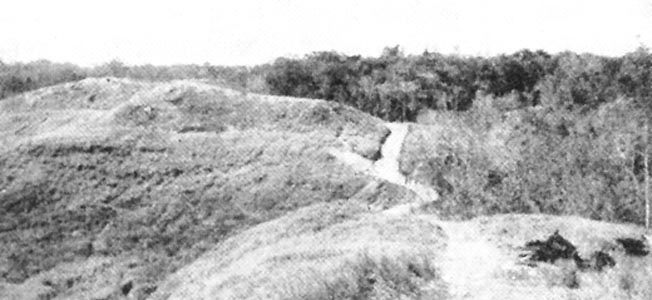
WWII
A few days after the Marines had established a toehold on the island of Guadalcanal, a trio of natives appeared at the mouth of the Tenaru River. Read more
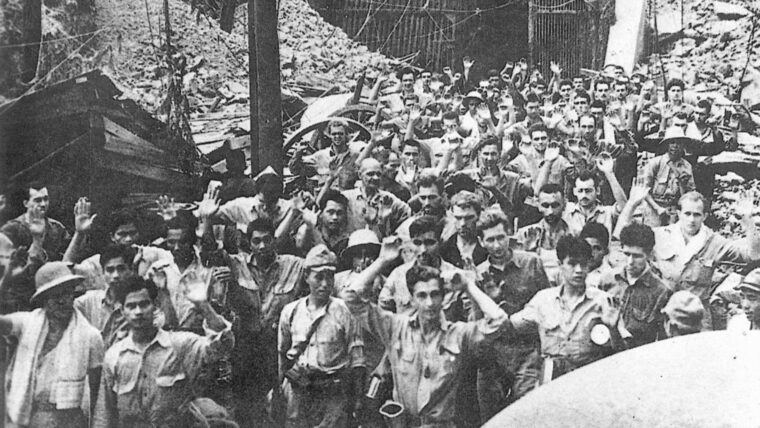
WWII
Staff Sergeant William Nolan dared not raise his hopes this August day in 1945, but something unusual was unfolding. Read more
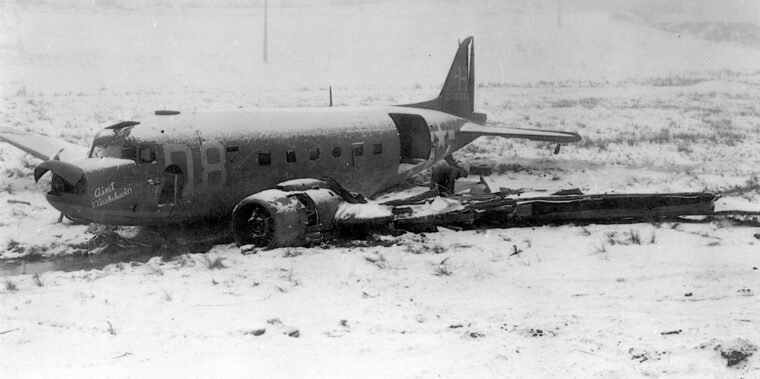
WWII
When the Nazis paraded in triumph down the Champs Elysees on June 14, 1940, Sara Hauptman shook her fist at them from the crowded Parisian sidewalk. Read more
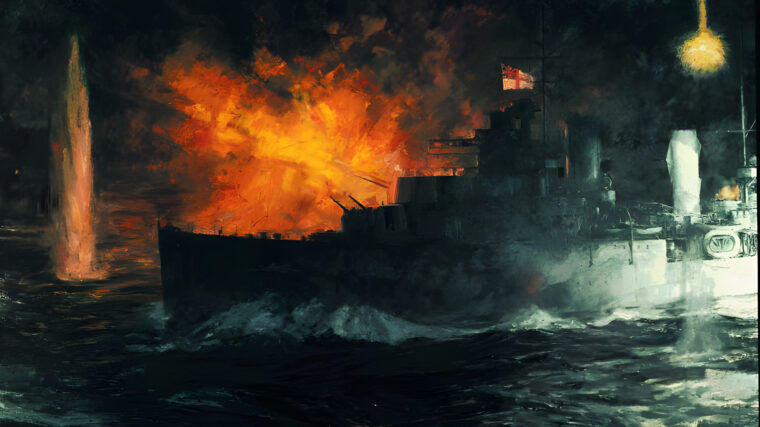
WWII
The haggard American sailors aboard the limping cruiser hoped that the journey upon which they had just embarked was the long-expected voyage back to the United States. Read more
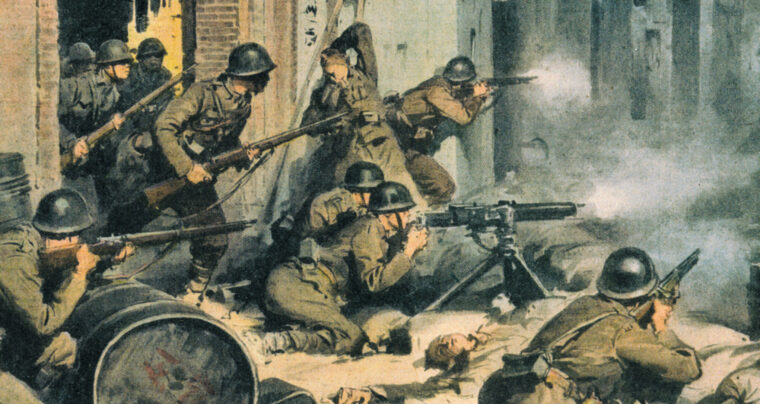
WWII
In the 1930s Shanghai was in its heyday, a teeming metropolis of some 3.5 million people. The great city was a fascinating blend of cultures, its very existence refuting Rudyard Kipling’s famous aphorism. Read more
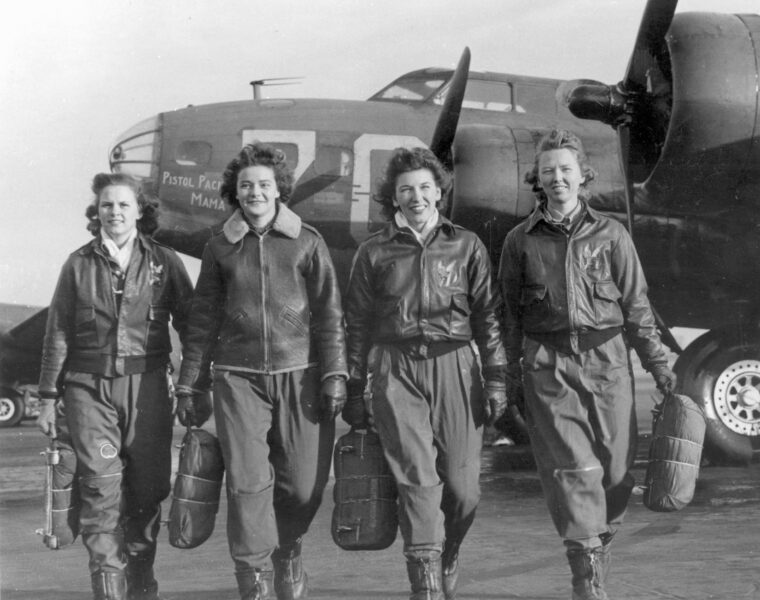
WWII
On September 28, 1939, the day after Warsaw fell to the German Army, American aviatrix Jacqueline Cochran sat down and wrote a letter to First Lady Eleanor Roosevelt. Read more
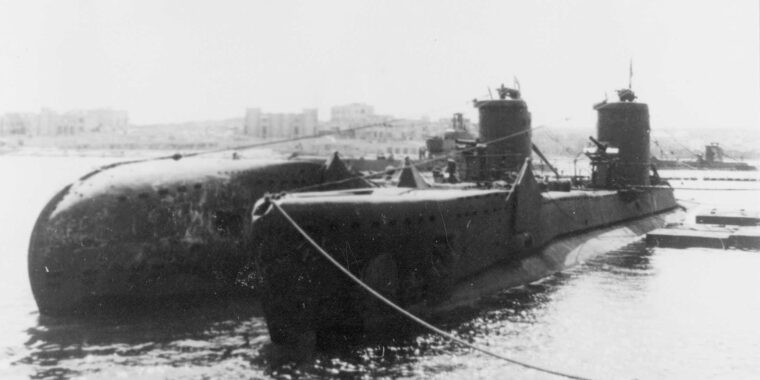
WWII
She was a tiny vessel, not really designed for the dangers and hardships of war in far places and deep waters. Read more
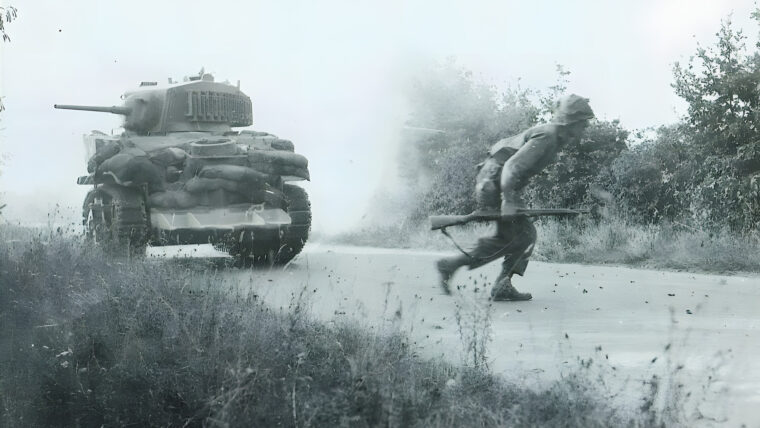
WWII
At the start of the Battle of Mortain, Field Marshal Gunther Von Kluge was in an optimistic mood. Read more
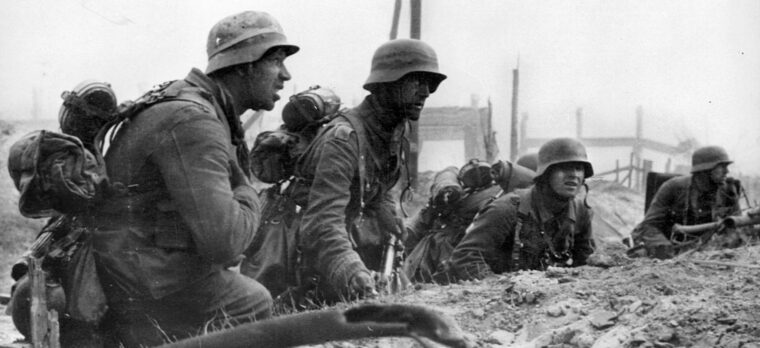
WWII
As Adolf Hitler began to formulate his grandiose plans for the conquest of the Soviet Union, he considered the far northern operation area little more than a sideshow. Read more
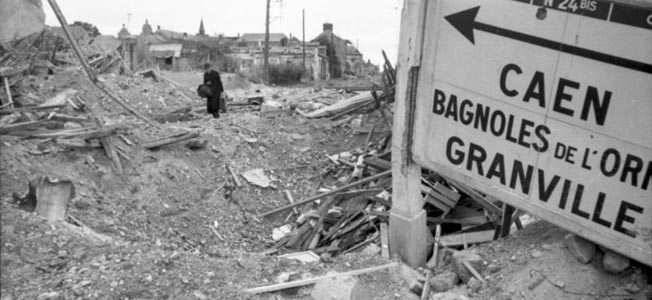
WWII
While the 30th Infantry Division was fighting for its life at Mortain, a plan was devised to cut off the retreating German Army in an area known as the Falaise Pocket. Read more
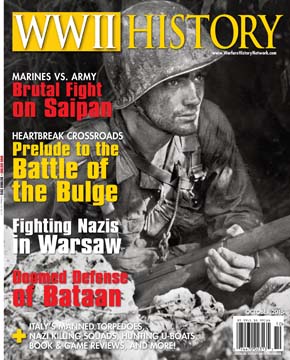
WWII
by Michael Haskew
When World War II in Europe came to an end, General Dwight D. Eisenhower, Supreme Commander Allied Expeditionary Force, published a victory message to the troops. Read more
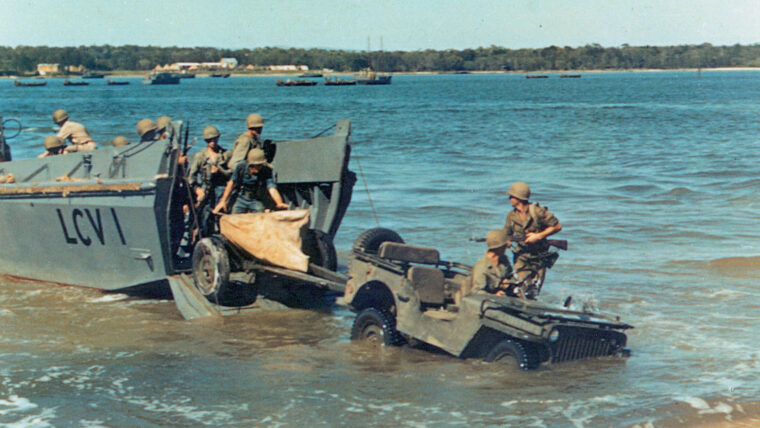
WWII
At 8:30 on the evening of September 7, 1943, an Italian military ambulance entered Rome carrying two American prisoners of war. Read more
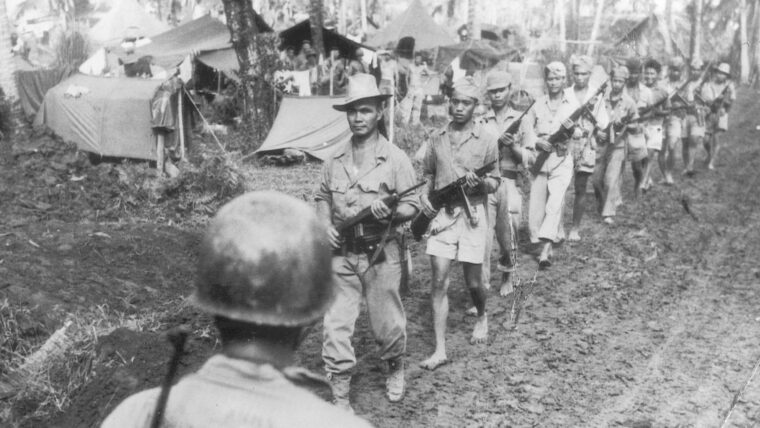
WWII
If there is a group of men whose mention evokes thoughts of heroism, it is those who were surrendered to the Japanese on Bataan and subsequently became part of the “Death March” up that peninsula in the Philippines to POW camps in central Luzon. Read more
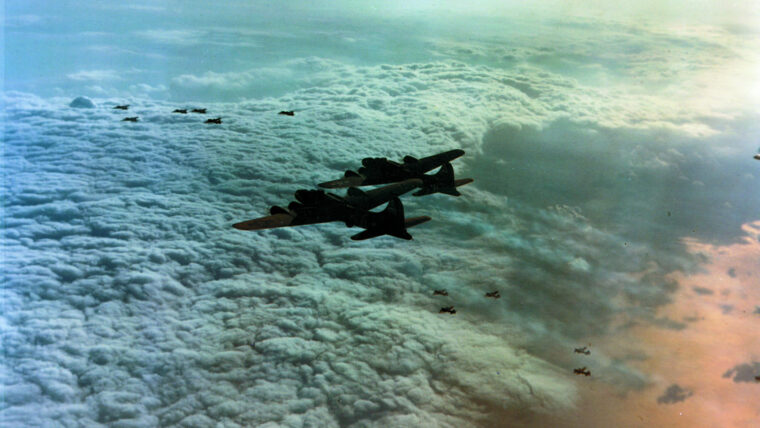
WWII
When the call came that morning, it was not unlike the 25 times previously when they had flown, or all those other times when weather intervened and postponement was ordered. Read more
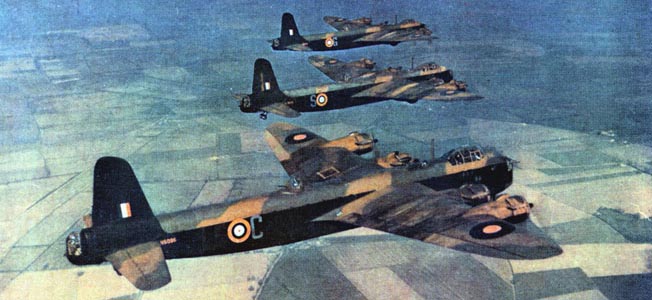
WWII
Racing his Bentley at breakneck speed between his High Wycombe headquarters and the Air Ministry during World War II, Air Marshal Arthur Travers Harris was the bane of motorcycle policemen on the London road. Read more
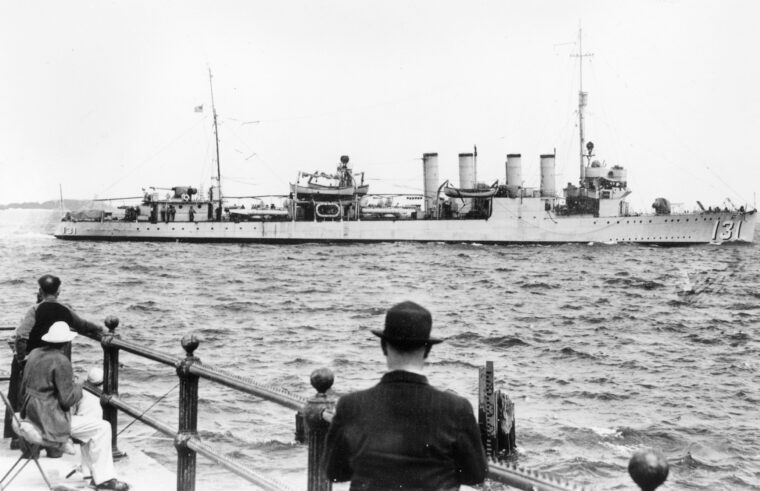
WWII
In early September 1940, the world was in turmoil. The battle of Britain was nearing its climax, and elsewhere global tensions ran high. Read more
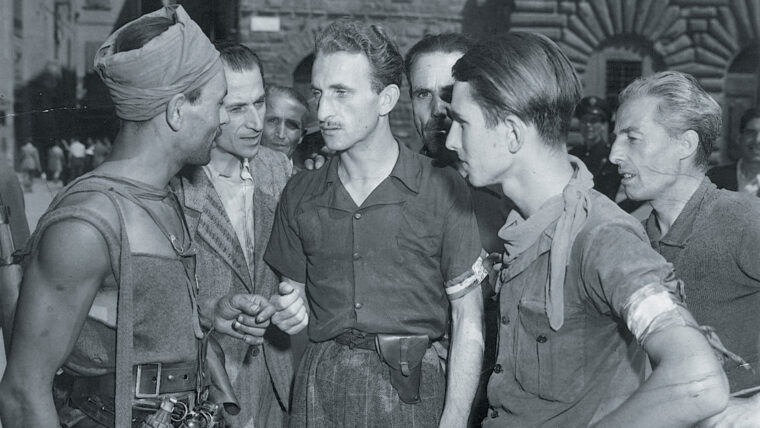
WWII
In the latter part of 1944, the OSS, the Office of Strategic Services, mounted a plan called Operation Chrysler in Italy to “act as a liaison with partisan commanders, attempt to guide and control developments in northern Italy, and create a unified partisan command under the direction of the supreme allied commander.” Read more